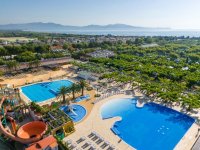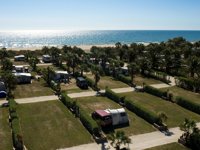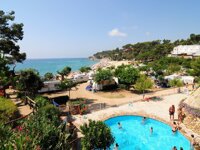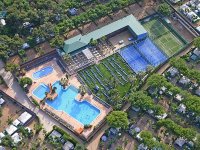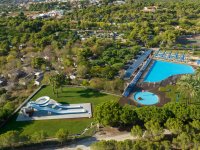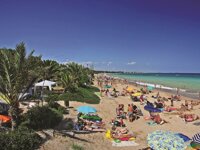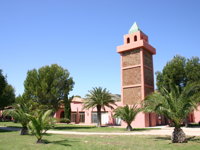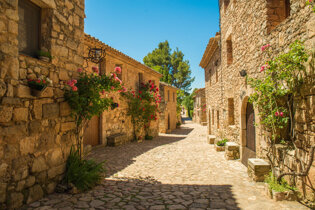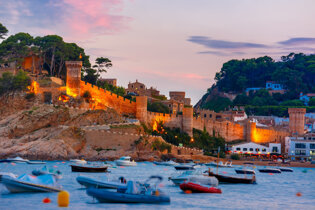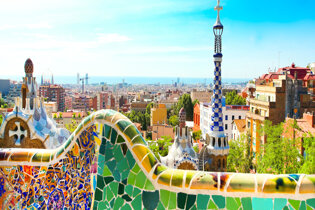As you might guess, we love France. We love all the obvious things, of course: the Bordeaux wine, the super-ripe Brie, the garlic and the Gallic shrug. We love the nonchalance, the étiquette, the joi de vivre and the je ne sais quoi.
Sorry, this content can not be displayed.
The following consent is required:
Required cookies, Functionality, Tracking & performance, Targeting & advertising.
And there’s more: we love the châteaux, the 2CV, the mercurial rugby and the pop music. Actually not so much that last one. But we also like to follow the lesser-known routes to discover new aspects we have not come across before.
Not long ago, we ventured down one of these rabbit holes and found ourselves over the Spanish border in Catalonia. We were smitten and immediately decided to do something about it. We wanted to put together an itinerary that showcased the best of Catalonia while offering something rather different to anything to be found in France.
Welcome to Catalonia
Spain has long been a popular destination for holidaymakers. With an enviable sunshine record, fabulous food and wine, dizzying culture and more dizzying fiestas, Spain is always welcoming.
In the northeast corner of Spain, Catalonia more or less has its own identity – to the point where it is more like a country within a country. Wealthy, culturally rich and cosmopolitan, it is best known for its sunny beach resorts on the Costa Brava and the Costa Dorada. Catalonia also has a long tradition of the arts: artists like Salvador Dalí and Joan Miró were born here, while Gaudi and Picasso are both associated with Barcelona.

But it’s a region of variety too, and locals will enjoy informing you how you can ski in the morning and hit the beach in the afternoon.
The Costa Brava nudges up to the French border and is one of Spain’s less visited localities, with dense forests that trickle down to the coast, where you’ll find secret little bays and hidden coves as you explore the region.
Along the way, you’ll come across pretty little fishing villages with jaunty boats and busy quaysides. And you’ll be immersed in a long, colourful history of fortified villages and crumbling castles rubbing shoulders with the artistic influences of renowned artists like Matisse, Dalí and others.
Five reasons we love Catalonia

1. Collioure
On the Vermillion Coast in the southern corner of Pyrenées-Orientales, Collioure has always attracted artists such as Picasso, Derain, Matisse and Charles Rennie Mackintosh. It features a pretty harbour dominated by the Château Royal.
Whilst today Collioure sits in France, it has historically been part of old 'Northern Catalonia'
Unknown matrix block type: clear2!

2. Barcelona
For its vibrant atmosphere, world city status and its magnificent architecture: Gaudi’s Sagrada Familia is an iconic sight and, in a rather different way, so is the Nou Camp, home of the Barcelona football team.
Both are temples, in their own way.

Unknown matrix block type: clear2!
3. Crema catalana
Some might say this is the Catalan version of crème brûlée. Those who know better would say crème brûlée is the French version of crema catalana.
Both are similar, but this introduces a delicate hint of lemon (sometimes orange) zest to cut through the rich creaminess.

4. The Pyrenees
Unknown matrix block type: clear2!
Just three hours or so from Barcelona, the majestic Pyrenees are revered for their brooding presence and charming valley villages set alongside tumbling rivers.
A wonderful open-air playground for getting away from it all.

5. The Catalan language
Not, as many people think, a Spanish dialect, Catalan stems from the Roman legions who occupied the Tarragona region.
It is spoken by over nine million people worldwide (four million speak it as a first language). But try as you might, it does not come easily to a passing tourist!
Unknown matrix block type: clear2!

